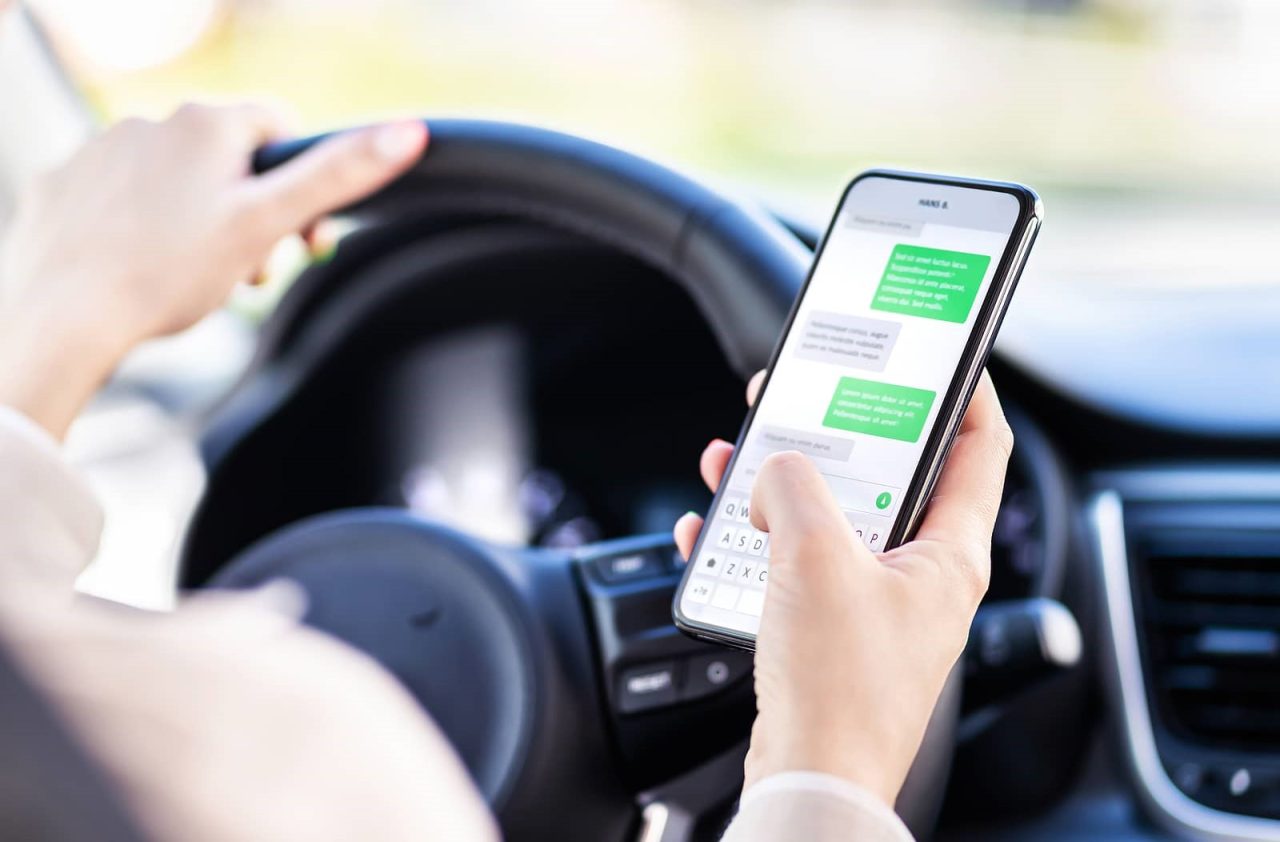Always wear your seat belt and ensure that all passengers are fastened appropriately. Make sure that everyone, even those in the rear seat, wears their seat belts.


If you are traveling with small children, be sure they are properly restrained, such as in car seats or booster seats, according on their age, weight, and height.
Adjust your seat and headrest to a comfortable position that allows you to maintain good vehicle control while also providing enough support for your head and neck.


Make sure the rear-view mirror, side mirrors, and any extra mirrors are properly adjusted so you have a good view of the road behind and to the sides of your car.
Avoid distractions while driving by not texting, chatting on the phone and eating. Maintain your concentration on the road and your attention on driving.


Follow established speed restrictions and vary your speed based on road and weather conditions. Maintain a safe distance from the car ahead in order to have enough stopping distance
Use your vehicle’s turn signals to convey lane changes, turns, and merges to other drivers. This helps to keep traffic flowing smoothly and reduces accidents.


Never drive while impaired by drugs, or any other substance that inhibits your ability to operate a vehicle safely. Use alternate modes of transportation.
Keep emergency supplies such as a first-aid kit, flashlight, spare tire, and tools in your car. It’s also a good idea to keep a charged cell phone on hand in case of an emergency.

Contact Us